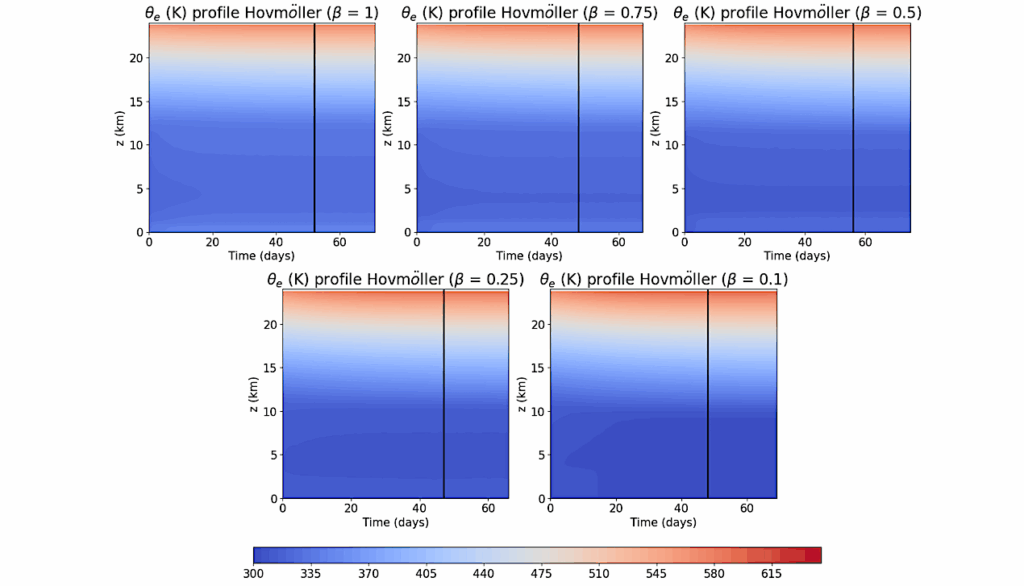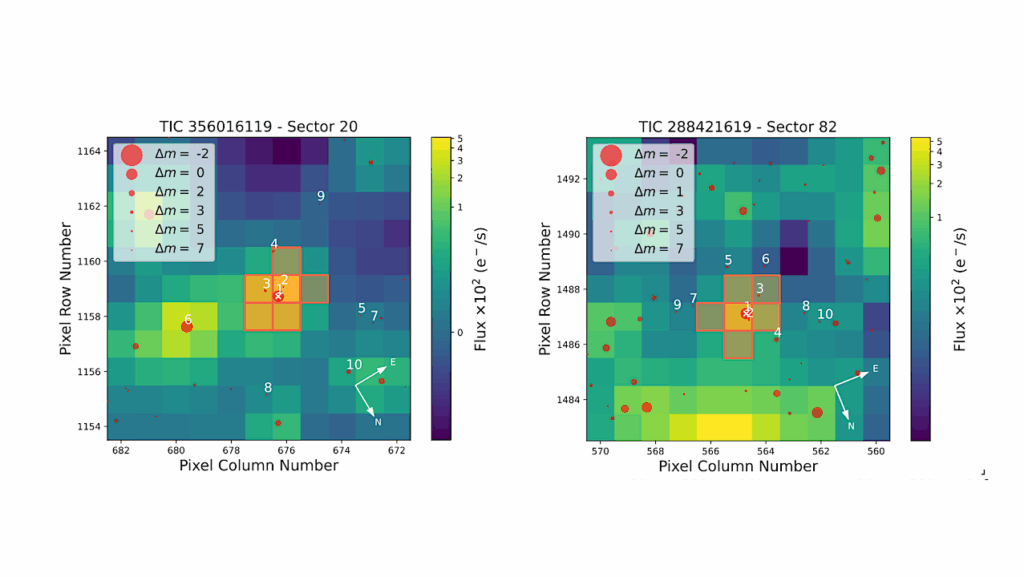How Habitable are M-dwarf Exoplanets?

How Habitable are M-dwarf Exoplanets? Modeling Surface Conditions and Exploring the Role of Melanins in the Survival of Aspergillus niger Spores Under Exoplanet-like Radiation
Exoplanet habitability remains a challenging field due to the large distances separating Earth from other stars. Using insights from biology and astrophysics, we studied the habitability of M-dwarf exoplanets by modeling their surface temperature and flare UV and X-ray doses using the Martian atmosphere as a shielding model.
Analyzing the Proxima Centauri and TRAPPIST-1 systems, our models suggest that Proxima b and TRAPPIST-1 e are likeliest to have temperatures compatible with surface liquid water, as well as tolerable radiation environments.
Results of the modeling were used as a basis for microbiology experiments to assess spore survival of the melanin-rich fungus Aspergillus niger to exoplanet-like radiation (UV-C and X-rays). Results showed that A. niger spores can endure superflare events on M-dwarf planets when shielded by a Mars-like atmosphere or by a thin layer of soil or water.
Melanin-deficient spores suspended in a melanin-rich solution showed higher survival rates and germination efficiency when compared to melanin-free solutions. Overall, the models developed in this work establish a framework for microbiological research in habitability studies.
Finally, we showed that A. niger spores can survive harsh radiation conditions of simulated exoplanets, also emphasizing the importance of multifunctional molecules like melanins in radiation shielding beyond Earth.
Afonso Mota, Stella Koch, Daniel Matthiae, Nuno Santos, Marta Cortesão
Comments: 25 pages, 13 figures, 14 equations, 4 tables. Submitted to Astrobiology
Subjects: Earth and Planetary Astrophysics (astro-ph.EP); Biological Physics (physics.bio-ph)
Cite as: arXiv:2403.03403 [astro-ph.EP] (or arXiv:2403.03403v1 [astro-ph.EP] for this version)
Submission history
From: Afonso Mota
[v1] Wed, 6 Mar 2024 01:58:12 UTC (13,918 KB)
https://arxiv.org/abs/2403.03403
Astrobiology,








